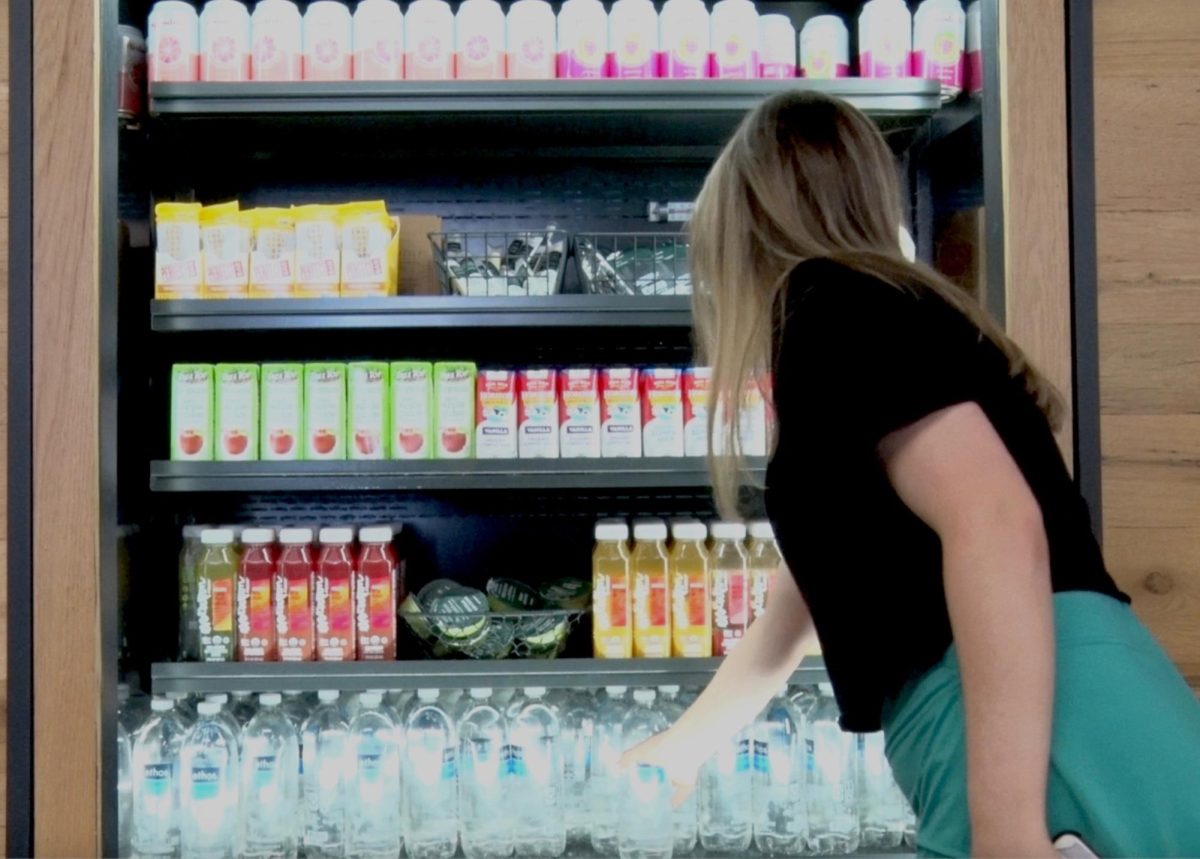As the weather gets warmer, The Falls becomes more and more crowded and the bottles of self-tanner begin to fly off the shelves. Everyone wants that sun-kissed glow that officially says goodbye to winter and hello to summer. But how people achieve this golden look can have serious consequences.
We’ve always been told that tanning beds are bad for us and that they can lead to skin cancer. Tanning bed enthusiasts often brush off these warnings and focus on the quick results they receive from the process.
Recently there has been lots of research done on the effects of UV rays on our health, especially the harmful effects of indoor bed tanning. Governments in different states and countries are taking action to prevent teenagers from using tanning beds due to the harmful effects the UV rays have on people’s overall health.
The World Health Organization has research data showing that if a person uses a tanning bed before the age 30, they increase their chances of developing melanoma by 75 percent.
Melanoma is a form of skin cancer that is known to quickly spread throughout the body. If it is caught early it is curable, but it frequently goes unnoticed, giving it a chance to spread.
Melanoma is typically noticed when a person sees a new growth on their body or a change in a preexisting mole. Irregular shape or a lack of symmetry is common for abnormal growths. The color of the mole is another sign. If the mole is abnormally dark or has a variety of colors in it, that is another concerning sign. Spots larger than ¼ of an inch or spots that have odd or rough edges are other ways to identify irregular growths.
According to the American Melanoma Foundation, more than 1 million cases of melanoma are diagnosed every year in the United States. It is the most common form of cancer in people between the ages of 25 and 29 and the second most common form of cancer in those 15 to 29. Most of these diagnoses link this back to over tanning and the use of tanning beds.
The reason tanning beds are taking the most heat, rather than people who simply lay out in the sun, is because of the level of exposure.
The UVA and UVB rays that are emitted by tanning beds have been linked to different types of skin cancers, including melanoma, basal cell carcinoma and squamous cell carcinoma, as well as different types of eye cancers. UV rays have also been linked cataracts and premature skin aging, like wrinkles and dark spots. If eye protection is not used, it can potentially lead to diseases that can cause blindness.
Tanning indoors and outdoors are both unsafe, but the high levels of UV radiation in such a short period of time is especially harmful to your skin.

According to the Center for Disease Control and Prevention, 11 different states have laws in place that prohibit minors from being able to use indoor tanning. Other countries, such as Austria, Finland, France and the United Kingdom, have set age limits on who can use indoor tanning facilities. In Brazil and most of Australia, all indoor tanning is banned.
The National Conference of State Legislatures states that 41 states in the US have some sort of regulation on who can use tanning booths. The regulations vary, whether it is an age requirement, a limited amount of time in the bed, or if the minor needs parental permission.
In New Hampshire, two parents are urging changes to be made in the state legislature after their son died from melanoma at 30. He started using tanning beds when he was 16 years old, which led to cancer and tumors on his brain and lungs.
A darkening of skin color is classified as skin damage, so laying out and getting a tan is ultimately unhealthy for your skin. Healthier options include spray tans or airbrushing. Self-tanners can be tricky, but products like St. Tropez Bronzing mousse or Neutrogena Natural glow lotion are healthy alternatives if you want a healthy, glowing look.









